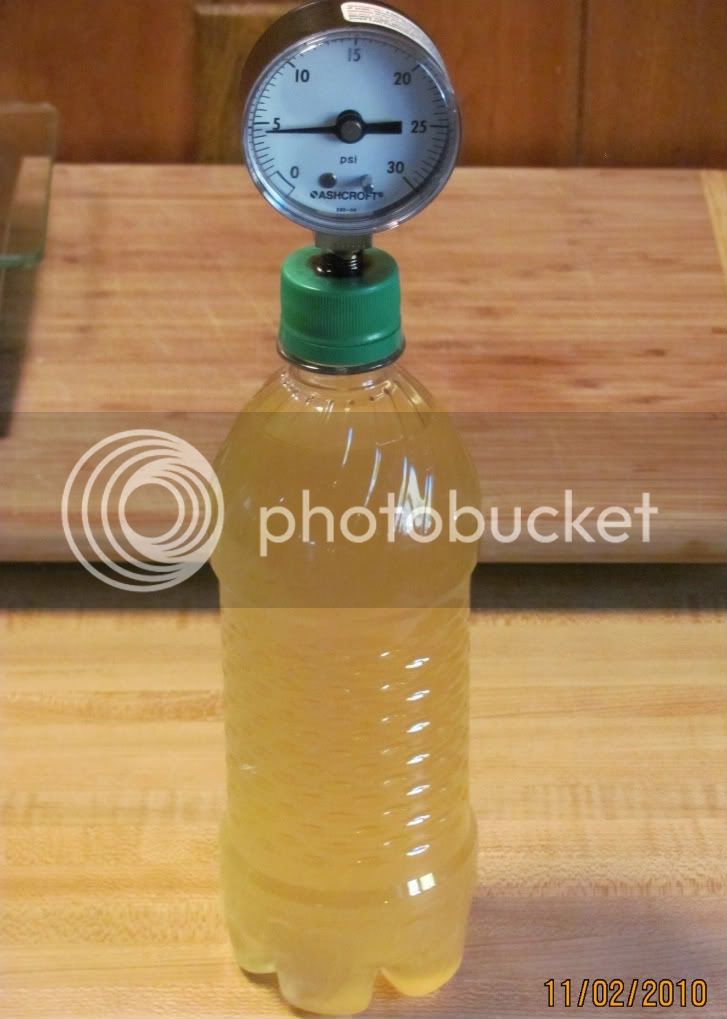Brewham
Well-Known Member
Having an issue here.
AHS gives you a 4.5 oz bag of bottling sugar. NB is 5 oz.
The "standard" Briess bag is 5 oz. The temp in my house is fairly constant but sometimes the 5 oz is flat. Sometimes the 5 oz is a bomb.
I have seen the charts using the maximum temp of the uncarbed beer to estimate the # of volumes and how much of the different sugars to add... but .... it doesn't seem to work very well.
Is there a trick - a way to know for sure. I'm tired of alternating between flat beers and gushers.
AHS gives you a 4.5 oz bag of bottling sugar. NB is 5 oz.
The "standard" Briess bag is 5 oz. The temp in my house is fairly constant but sometimes the 5 oz is flat. Sometimes the 5 oz is a bomb.
I have seen the charts using the maximum temp of the uncarbed beer to estimate the # of volumes and how much of the different sugars to add... but .... it doesn't seem to work very well.
Is there a trick - a way to know for sure. I'm tired of alternating between flat beers and gushers.



